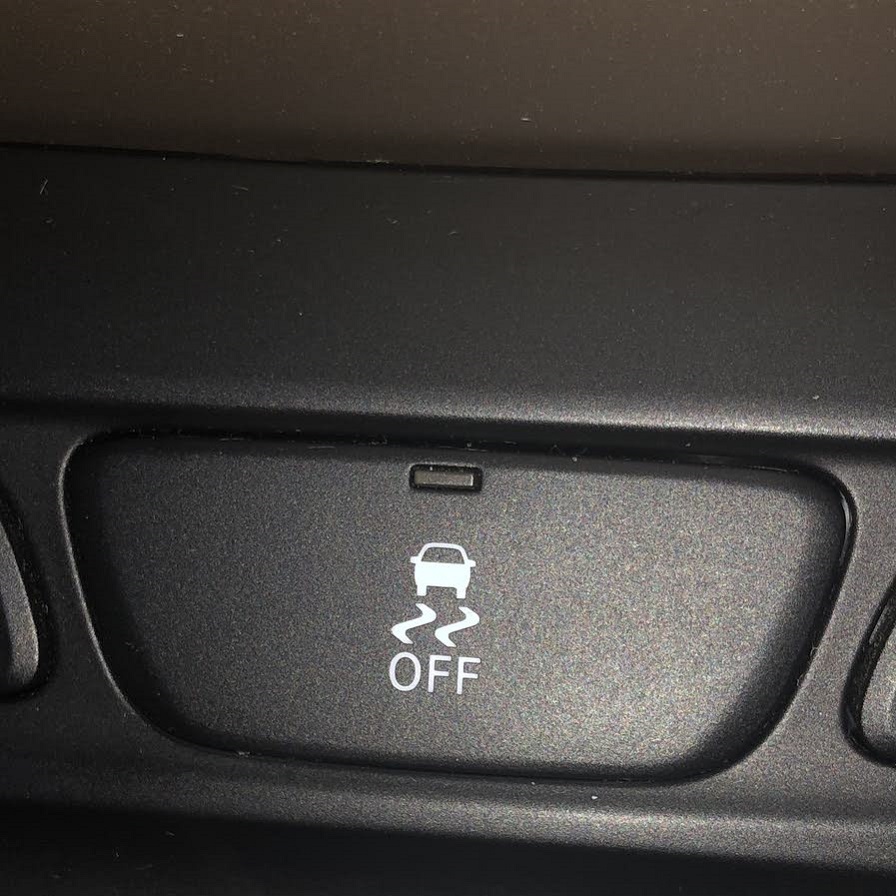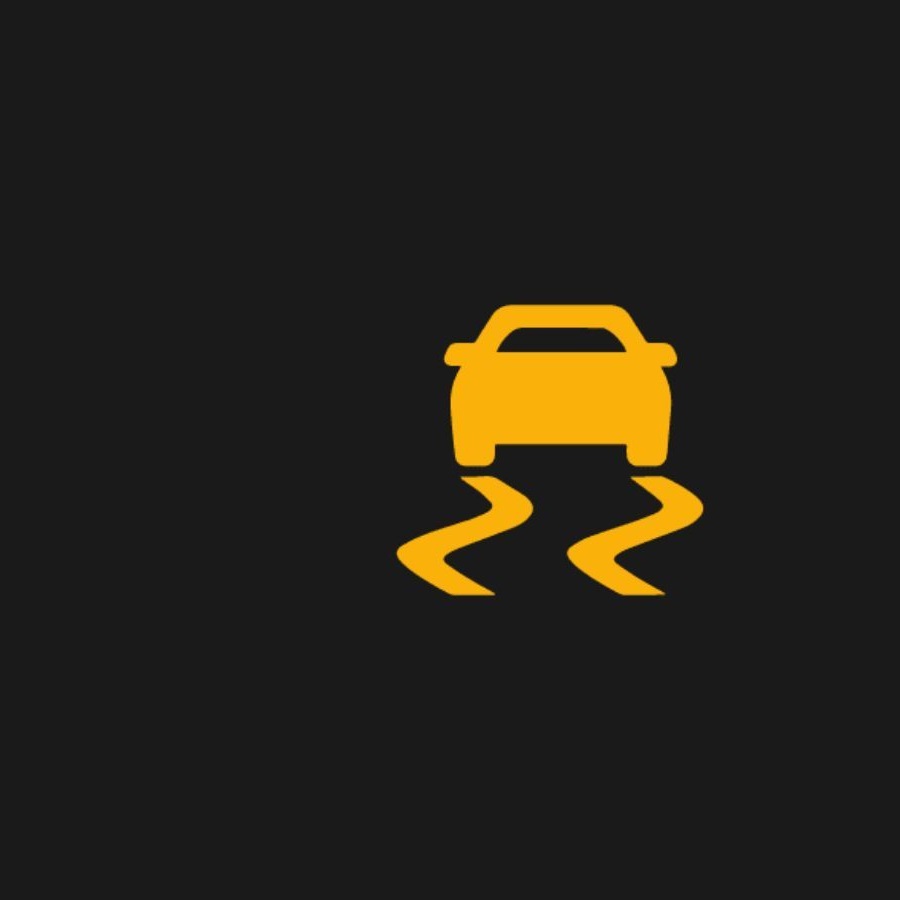Explanation of Dashboard Warning Lights
Dashboard warning lights are critical indicators of your car’s health. They use colors and symbols to alert you to various issues. Understanding them is key to maintaining your vehicle safely.
A red light often means immediate attention is needed. It might indicate a serious engine problem or a safety issue. Yellow or amber lights suggest you check the problem soon. They often alert you to maintenance needs. Green or blue lights simply show that a system is in use, like your headlights or cruise control.
The symbols on the dashboard can seem confusing at first. However, they become clearer with familiarity. For example, a car with squiggly lines light represents the traction control system. This means the system is engaging to prevent skidding.
Your car’s manual is a great resource for understanding these symbols. It usually includes a detailed guide to all the lights. Skim through it to get a good grasp of what each light stands for.
Take each warning light seriously. Even if the car seems fine, a warning light could indicate a problem that can lead to bigger issues. Addressing it early can prevent costly repairs and ensure a safer drive.
In following sections, we’ll discuss common car warning lights including the ‘car with squiggly lines light’. We’ll share what they mean and how you might react to keep your car in top shape.

The Importance of Heeding Car Warning Signals
Ignoring car warning lights can be perilous. These signals are your vehicle’s way of telling you something is wrong. Acting promptly can prevent accidents and save you from hefty repair bills. Let’s look at three key reasons to heed these alerts:
- Safety: Warning lights often pertain to critical systems. For example, ignoring the brake system warning light could result in brake failure. This endangers not only you but also other road users.
- Vehicle Health: Warning lights can signal minor issues that can worsen over time. Attending to them early can extend the longevity of your car. For instance, the ‘car with squiggly lines light’, indicating the traction control system is at work, could also mean the system is experiencing issues. If unchecked, it might lead to more serious handling problems.
- Cost Savings: Addressing warnings promptly often means simpler, cheaper repairs. If you overlook a warning light, you might end up paying for more complex and expensive solutions later on. Early detection often equals less damage and lower costs.
Remember, warning lights are not just suggestions; they are crucial communications from your car. Treat them with the seriousness they deserve. This approach ensures the reliability and safety of your vehicle. Never hesitate to consult your car’s manual or a professional if you’re unsure about a warning light. By paying attention to these signals, you are taking the first step in responsible car ownership and operation.
Common Car Warning Lights and Their Meanings
Understanding the various warning lights on your car’s dashboard is crucial for maintaining vehicle safety and performance. Here, we explain some of the most common car warning lights.
Tire Pressure Warning Light
The Tire Pressure Warning Light looks like a horseshoe with an exclamation mark. It alerts you when tire pressure is too low. Low pressure can cause poor handling and increase the risk of a blowout. Check your tires and inflate them to the recommended level as soon as possible.
Engine Check Light
The Engine Check Light is often an engine outline or the words ‘Check Engine’. It indicates a range of issues from a loose gas cap to a serious engine malfunction. Don’t ignore this light. A quick diagnostic check can reveal the problem’s source.
Battery Alert Light
This light resembles a battery’s shape with positive and negative signs. It shows when the battery’s charge is low or there’s an issue with the car’s electrical system. Have your car’s battery and charging system checked promptly.
Oil Pressure Warning Light
Shaped like an old-fashioned oil can, this light warns of low oil pressure. Low pressure can lead to significant engine damage. Stop the car safely and check oil levels. Refill or seek professional help if needed.
Car with Squiggly Lines Light – Traction Control System
The ‘car with squiggly lines light’ is crucial for driving safety. It represents the traction control system, or TCS. This system helps prevent wheel spin in slippery conditions. When you see this light, it means TCS is active. It’s working to maintain grip on the road. If the light stays on, there might be an issue with the system. It’s important to check it out to avoid handling problems.
The TCS light may illuminate for several reasons. One reason could be that TCS is in action. This is normal when the car passes over ice or loose gravel. But if the light stays on, it could signal a malfunction. This could be due to a faulty sensor or a problem in the system.
Regular maintenance helps prevent TCS problems. Make sure to keep your car’s sensors clean and free of debris. Also, get your vehicle serviced at recommended intervals. If the TCS light comes on and remains, visit a mechanic. They can diagnose and fix any issues with the system.
In summary, swift attention to the ‘car with squiggly lines light’ is vital. It keeps the TCS in good working order. This ensures your car handles safely in all driving conditions. Check this light as soon as it appears and seek professional help if needed.
Steps to Take When a Warning Light Illuminates
When a warning light on your dashboard turns on, it’s time to take action. Here’s a simple guide with steps to follow:
- Stay Calm and Assess: First, don’t panic. A light may signal something minor or more serious.
- Check Your Car Manual: Your manual lists each light and its meaning. Use it to understand the alert.
- Safely Reduce Speed: If you’re driving, slow down. It’s safer if you need to stop suddenly.
- Pull Over if Necessary: In some cases, you should stop the car. If oil pressure drops or the engine heats up, pull over.
- Do a Quick Inspection: Sometimes, you can see the issue, like a loose gas cap or low tire pressure.
- Seek Professional Help: For less obvious problems or serious alerts, visit a mechanic.
- Don’t Ignore the Light: Ignoring a light can lead to bigger, costlier problems. Address it promptly.
By following these steps, you’ll tackle the ‘car with squiggly lines light’ and any other warning effectively. Quick actions not only prevent damage but also keep you safe.
Maintenance Tips to Prevent Warning Lights from Coming On
To avoid warning lights, regular maintenance is key. Here are tips to keep your car in top shape:
- Check Fluids Regularly: Ensure oil, coolant, and brake fluids are at proper levels.
- Monitor Tire Pressure: Check your tire pressure monthly. Keep them inflated to the recommended PSI.
- Replace Air Filters: Clogged filters hurt engine performance. Change them according to your manual.
- Get Regular Oil Changes: Old oil can cause engine issues. Follow your car’s schedule for oil changes.
- Inspect Brakes Often: Listen for noises and get your brakes checked. Replace pads when needed.
- Test Battery: Batteries weaken over time. Test them annually and clean the terminals.
- Use Quality Fuel: Poor fuel can clog the engine. Fill up with quality fuel and additives if needed.
Follow these steps to help ensure your ‘car with squiggly lines light’ and other warning lights stay off. They’ll help catch issues before they become serious. Always refer to your car’s manual for specific maintenance advice. Stick to the service schedule and don’t delay repairs. Good maintenance practices can save time and money in the long run, while also ensuring your safety on the road.
When to Seek Professional Help for Car Warning Lights
While some car warning lights may indicate minor issues you can easily fix, others demand that you seek professional help as soon as possible. Short and simple sentences will guide you on when it is essential to consult an expert for the ‘car with squiggly lines light’ and other dashboard signals.
- Persistent Illumination: If any warning light stays lit, especially after addressing the immediate issue, it’s time to seek a mechanic’s expertise.
- Multiple Lights: Professional help is needed when several warning lights come on at once. This may point to complex electrical or engine problems.
- Engine Warning Light: This light could mean serious engine troubles. Visit a professional immediately to avoid extensive damage to your vehicle.
- Flashing Lights: A flashing warning light often signals an urgent problem. Don’t wait; have a professional check it right away.
- Performance Changes: If your car feels different to drive, such as stalling, rough idling, or poor acceleration, pair this with the lights and visit a mechanic.
- Unclear Causes: Lack of a clear reason for a warning light is a good reason to get expert advice. Sometimes issues aren’t visible on the surface.
By recognizing these signs, you can ensure the ‘car with squiggly lines light’ and others do not lead to more serious issues. Keep your driving experience safe and efficient by addressing car warnings with the urgency they require. Always remember, when in doubt, professional assistance is the safest choice.


